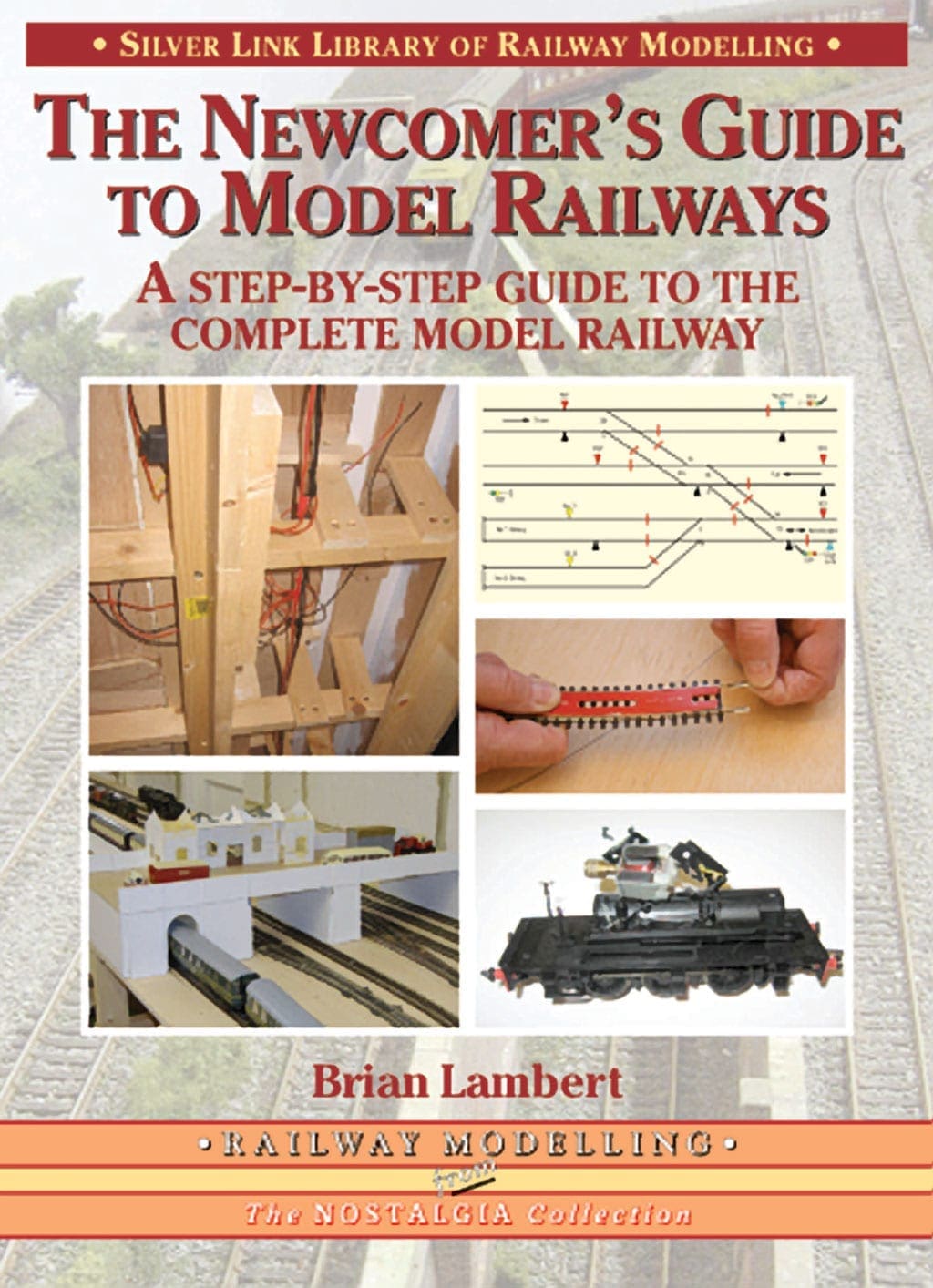Model railways, as the name implies, are based on small-scale representations of the real thing, so the choice for new modellers is the actual model’s scale.

Usually, this is determined by the availability of space for what you wish to represent and the skill level you possess – whether as a new modeller you want to open a box and run a train immediately, known as ‘ready to run’ (RTR), or build most items yourself from a mixture of kits or totally self-build, known as ‘scratch building’.
Perhaps the best skill of all to have is patience! A model railway takes time to build, but the time spent building it is very rewarding and satisfying.
Most people will come across model railways through being given them as a present or buying them themselves.
Sometimes the returning modeller will find an old set from many years ago, hidden away in the back of a cupboard or in a loft and decide to ‘have a play’, then the model railway bug starts to bite and with time they will become a more serious modeller.
Expanding the train set beyond what is ‘in the box’, which is normally a basic oval of track, one or two locos, a few carriages or trucks and a basic controller, often follows fairly quickly from the initial box opening!
Quite often newcomers will remain working in the scale of that first train set, as this is what they already have and are used to. Some, however, will opt for a larger or even a smaller scale, once they have examined the various scales available for the layout.

What is scale and track gauge?
Scale is the relationship of the model to the real thing. The real thing could be described as being ‘1 to 1’ (1:1) scale, so an exact half-size model would be at a scale of 1:2, whereas 1 is the real size and 2 is the model in half size.
Therefore, a quarter-size model would be 1:4, while a model, which is 1/100th of the full size, is at 1:100 scale.
Because most of the world has gone metric there is another range of scale terminology that is often used in model railways: the reference, for example, to 4mm/ft (4 millimetres to 1 imperial foot) or 2mm/ft (2 millimetres to 1 imperial foot) are but two examples.

Thus, a UK ‘OO’ modeller may be quoted as working in 4mm/ft, 1:76th scale, 16.5mm or just plain ‘OO’!
Track gauge is the distance between the inner faces of the two running rails. In the UK and many parts of the world, railways use a gauge of 4ft 81/2in, or 1435mm. In railway modelling, there are, depending on scale, many track gauges.
For example, ‘N’ gauge (1:148 scale in the UK) has a track gauge of 9mm. UK ‘OO’ has a gauge of 16.5mm between the rails, while ‘1’ gauge has a massive 45mm between the running rails.
Even more confusion can exist when ‘fine scale’ models are considered…
…Want to read more? Get your copy of The Newcomer’s Guide to Model Railways here!
In this comprehensive guide to railway modelling, long-time modeller Brian Lambert provides newcomers — as well as established modellers who may want to enhance their skills — with a single-volume source of information on all aspects of the hobby.
Page by page, modellers will be able to gain more information and explore new techniques, allowing them to progress towards the real goal of the hobby — to build and operate a true model railway, rather than just run a train set.



